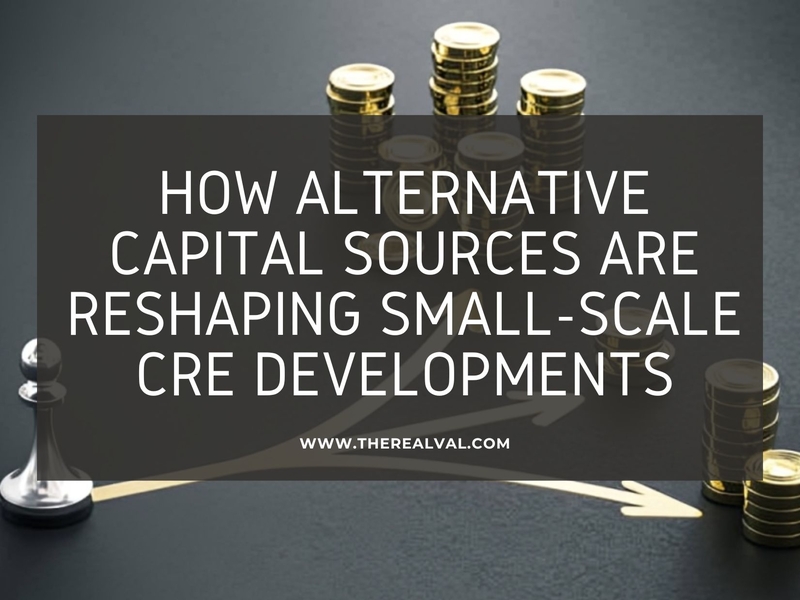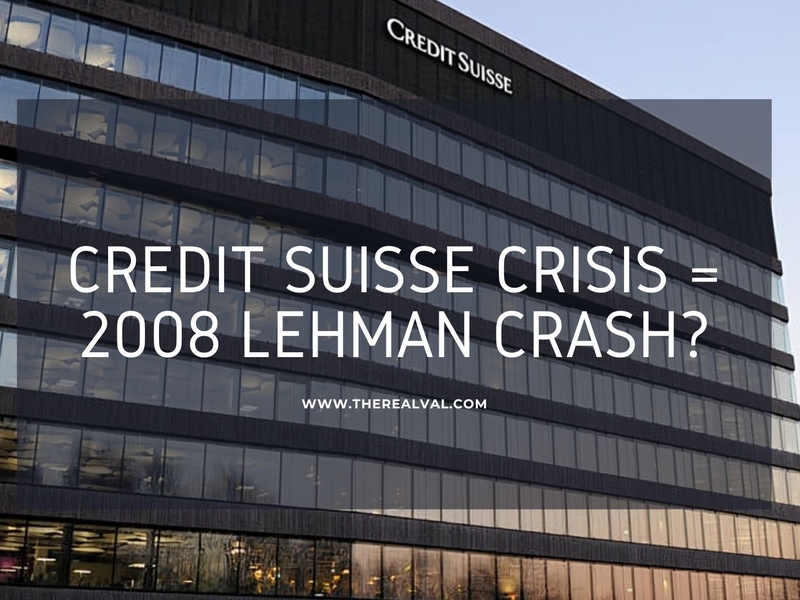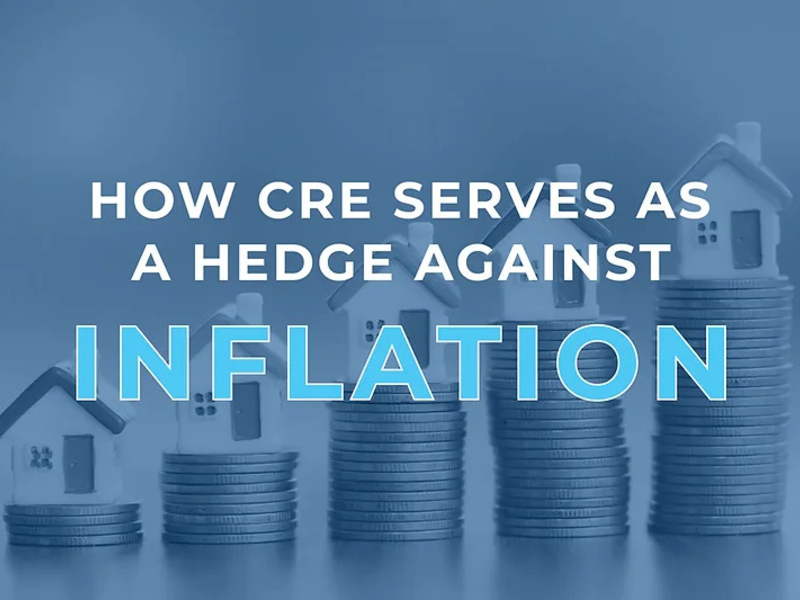Small-scale commercial real estate developments have usually faced substantial funding barriers due to their reliance on conventional financing- which often demands high equity, strict loan requirements, and lengthy approval processes. However, emerging and innovative alternative capital sources are closing this gap and making financing more accessible for small developers and businesses.
What are the Challenges of Financing Small-Scale CRE Development?
Securing funding for smaller commercial projects is significantly difficult given conservative underwriting by traditional banks after the 2008 recession. Small businesses often lack the appropriate equity required for development loans and face complex eligibility criteria including credit scores, cash reserves, and debt-to-income ratios. To add to this, large upfront costs like down payments and closing costs raise the financial barriers for owner-occupants aiming to develop or buy commercial property.
What are The Types of Alternate Capital Options Gaining Popularity?
- Private Debt / Non-Bank Lenders / Debt Funds: These operate outside the traditional banking system, offering construction loans, bridge loans, or mezzanine debt with greater flexibility. Although these sources often come at a higher cost, they also provide speed, customization, and a nuanced understanding of projects that conventional banks may overlook.
- Mezzanine / Preferred Equity / Hybrid Capital: These alternatives are usually used when senior debt cannot fully cover project costs and equity funding is limited. These intermediate layers of capital help bridge financing gaps, especially when developers want to preserve cash equity or when projects carry higher risk. In exchange for taking on greater risk, mezzanine and preferred equity investors typically demand higher returns.
- Crowdfunding / Investment Pools: These financing vehicles are easing access to smaller-scale CRE financing by enabling capital aggregation from individual investors. This democratization of real-estate investment allows small and mid-sized developers to assemble equity from non-traditional sources. While most of these platforms still focus on residential or large commercial projects, the trend is expanding opportunities for smaller sponsors to raise funds, strengthen their equity base, and showcase investor demand.
- Mission / Community Capital & Public-Private Structures: These systems are extremely necessary for developments in underserved neighbourhoods. Community development finance institutions (CDFIs), tax-credit programs, and public-sector initiatives offer patient, flexible capital aligned with social impact and local placemaking goals. These funding sources are very suitable for mixed-use infill projects, affordable housing, and adaptive reuse of older buildings. Such arrangements often entail more compliance, reporting, and partnership complexity, but they can make possible projects that traditional financiers might reject outright, unlocking transformative community value.
- Sponsor-led Creative Financing: It represents the entrepreneurial side of small-scale CRE developments. Developers can leverage innovative structures such as seller financing, ground leases, JVs with local investors, pre-leased anchor tenants, or phased equity infusions to reduce upfront capital strain. These informal yet effective arrangements align incentives across stakeholders and allow projects to move forward even when conventional financing is unavailable or overly restrictive, showcasing the developer’s resourcefulness and strategic foresight.
- “Sign Now Pay Later” (SNPL) Model: It an adaptation of the fintech concept “Buy Now Pay Later”, in creative CRE financing, and is offering new flexibility in how development costs and leases are structured. Similar to BNPL, this model allows payments to be spread over fixed instalments, often with minimal or no interest, improving cash flow management for small developers and businesses. In practice, it means tenants or buyers can sign agreements and occupy spaces while deferring payments in manageable increments. By doing away with large upfront investment requirements and deposit burdens, Sign Now Pay Later models help smaller projects and start-ups participate in the CRE ecosystem with greater confidence and liquidity.
- SBA (Small Business Administration) Loans: SBA-backed loans are a key financing option for small-scale CRE projects and owner-occupied properties. Programs like SBA 504 and 7(a) offer long-term, fixed-rate loans with lower down payments and flexible eligibility. By sharing risk between lenders and the government, SBA financing helps small businesses buy, build, or renovate real estate while preserving working capital.
Benefits of Alternative Financing for Small-Scale CRE
- Increased Accessibility: Lower upfront capital requirements make it easier for small businesses to own or develop property. Flexible lenders are also more open to creative or higher-risk ideas, such as converting a warehouse into a creative hub or turning an old building into a mixed-use space.
- Faster Transactions: Digital platforms and non-bank lenders can approve and process loans much faster than traditional banks or SBA loans, helping projects move forward quickly.
- Flexibility and Customization: Loan terms can be adjusted to fit the specific needs of a project and the borrower’s capacity, instead of following rigid bank rules.
- Enhanced Competitiveness: With quicker funding and innovative finance options, small developers can compete more effectively with larger investors.
- Community Value: Projects that improve neighbourhoods, promote affordability, or support local development can attract mission-driven investors like CDFIs or community funds, bringing both capital and credibility.
- Improved Financing Mix: Options like mezzanine financing, preferred equity, or crowdfunding help developers build a stronger capital structure. This reduces how much personal equity is needed and increasing overall funding flexibility.
Challenges faced by Small-Scale CRE Developers
- Lack of Standardization: Alternative financing is still developing, and every platform or investor group has its own terms, documentation, and risk criteria. This inconsistency makes it difficult for small developers to compare options or build predictable financing structures.
- Higher Cost of Capital: While these models offer flexibility, they often come with higher interest rates, revenue-sharing requirements, or equity dilution compared to traditional bank loans. For smaller projects, this can significantly reduce profit margins.
- Limited Track Record and Trust Deficit: Because many of these financing methods are still new, both investors and developers are learning to trust them. Institutional players are often hesitant to back projects using untested approaches like tokenization or “Sign Now Pay Later.”
- Market Volatility and Uncertain Returns: Commercial real estate markets are cyclical. Rising interest rates or falling rents can make projects funded through alternative structures unviable, especially when repayment is linked to revenue or occupancy levels.
- Regulatory and Legal Ambiguity: Rules governing crowdfunding, fractional ownership, and SNPL-style models differ across regions. Without a clear understanding of local regulations, developers risk running into compliance issues.
- Limited Liquidity and Exit Options: Investors in alternative financing models may find it hard to exit. Unlike REIT shares that can be sold easily, stakes in crowdfunded or private deals often keep capital locked in for years.
The Future Outlook
The rise of alternative capital in commercial real estate isn’t just a short-term response to tighter credit markets, but it signals a lasting structural shift. Industry data reflects this evolution. According to Deloitte, alternate debt sources accounted for 24% of US CRE lending volume last year, exceeding the 10-year average of 14%. The global private credit market reached US$238 billion in 2024, and is expected to reach US$400 billion in assets under management (AUM) by the end of the decade. As of August 2025, US$585 billion in CRE dry powder is poised for deployment.
Combined with technological innovation, data analytics, niche funding models and rising investor appetite for differentiated risk/return, the ecosystem around small-scale CRE capital is becoming more robust.
For developers, this shift means that access to capital is no longer a simple yes-or-no decision from banks. Instead, it’s a broad spectrum of funding options. Success now depends on understanding where your project fits on that spectrum, structuring your capital stack strategically, and partnering with lenders or investors whose goals align with yours.
Partner with our underwriting team to understand the best financing strategy for your developments.
Reach out now at info@therealval.com!
Trending





